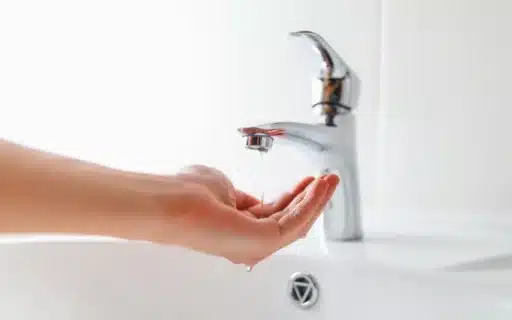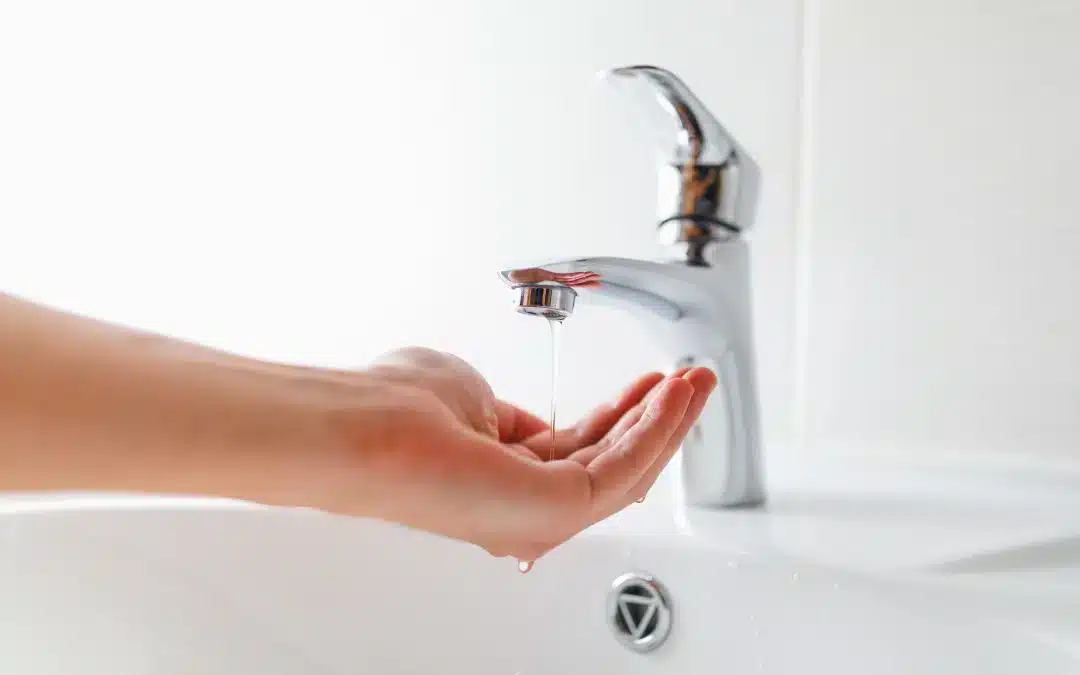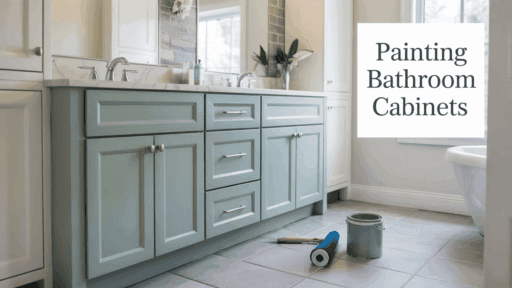Your home’s plumbing is essential for everyday tasks—supplying fresh water and efficiently removing waste. However, as with any household system, plumbing can experience deterioration over time. Often, these systems don’t fail all at once. Instead, they give subtle (and sometimes not-so-subtle) warnings before major issues occur. Identifying these issues early can help you avoid unnecessary expenses, wasted time, and significant stress. Here’s what to look out for when evaluating the health of your plumbing system.
1. Low Water Pressure
A decrease in water pressure is often among the earliest indicators that homeowners detect. If your shower feels more like a trickle or your faucets take longer to fill a pot, it could indicate a deeper issue. This might be due to:
- Mineral build-up inside pipes
- Leaking or corroded pipes
- A hidden leak somewhere in the system
- Faulty fixtures or a pressure regulator issue
While low water pressure might seem like a minor inconvenience, ignoring it could mean allowing a small leak to worsen or missing early signs of pipe deterioration.
2. Persistent Dripping or Leaky Faucets
The persistent sound of dripping isn’t just irritating—it’s an indication of an underlying plumbing issue. A leaky faucet wastes water and, over time, can lead to water damage under sinks or in walls. The causes could include:
- Worn-out washers or valve seats
- Improper water pressure
- Corroded plumbing parts
Sometimes a simple fix can solve it. Other times, especially if multiple faucets are affected, it may point to a broader system issue that needs professional attention.
3. Slow or Gurgling Drains
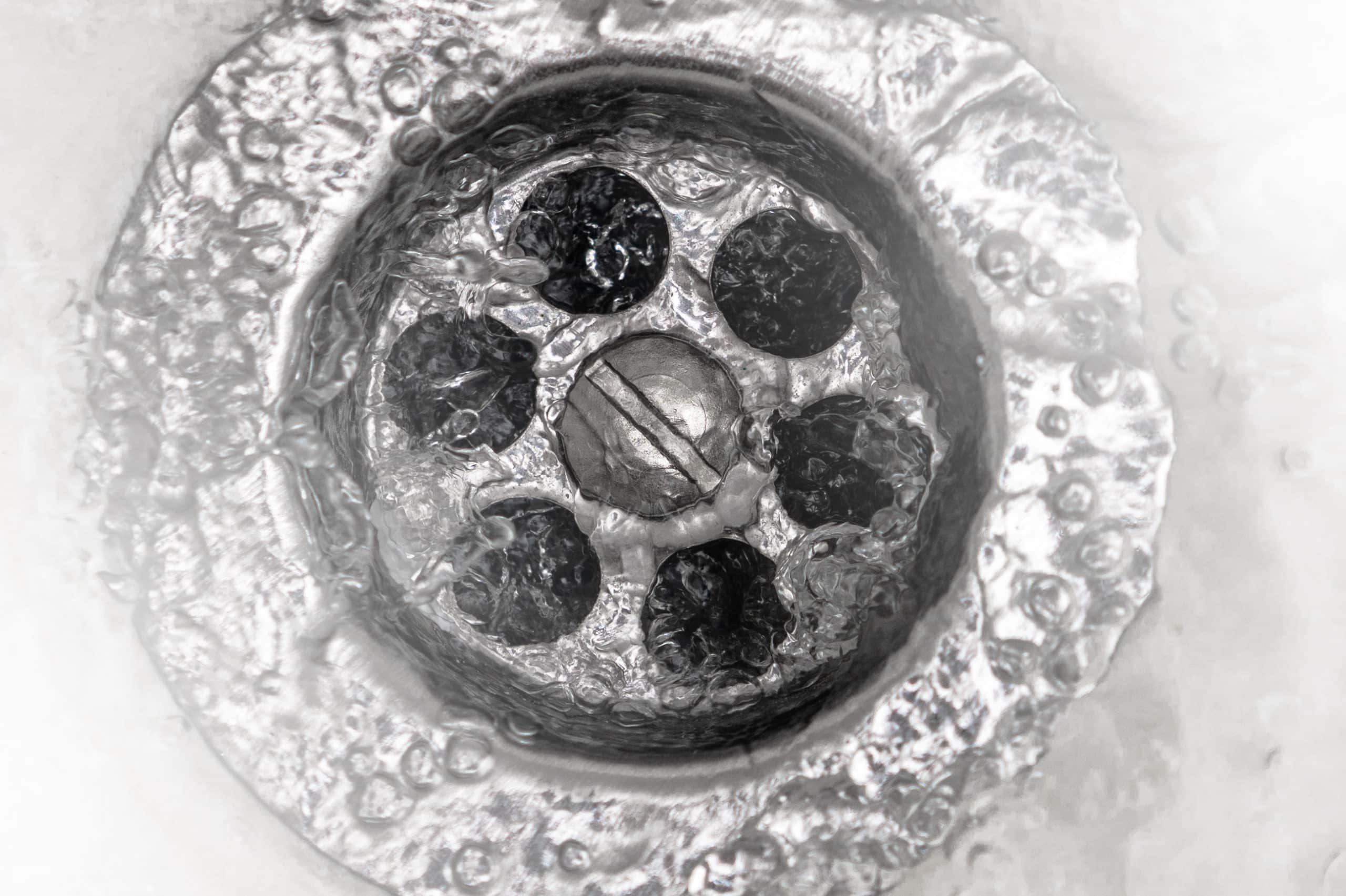
A single slow drain may be due to hair, soap scum, or food particles. But when multiple drains are slow or making gurgling sounds, it could indicate a blockage deeper in the plumbing system or even a problem with your sewer line. Gurgling occurs when air is trapped and pushed through the water in your pipes—a common symptom of a clog forming. If you hear this in sinks, toilets, or tubs, it’s time to investigate before a full blockage occurs.
4. Unpleasant Odors
If you’re noticing foul smells—particularly ones that resemble rotten eggs or sewage—your plumbing system may be venting improperly, or worse, leaking waste gases. Possible causes include:
- A dried-out P-trap under sinks
- Cracked or damaged drain pipes
- Blocked sewer vents
These smells can be more than a nuisance—they may indicate health hazards or structural plumbing problems. A professional should inspect it promptly.
5. Water Backups or Overflows
Water that backs up into sinks, tubs, or toilets when you use other plumbing fixtures can be a serious red flag. For instance, if you notice water backing up into the shower drain when you flush the toilet, it may indicate a blockage in your main plumbing line or an issue with your septic system. Water backups require immediate attention. Left unchecked, they can lead to contaminated water entering your home, property damage, and mold growth.
6. Water Appears Discolored or Rusty
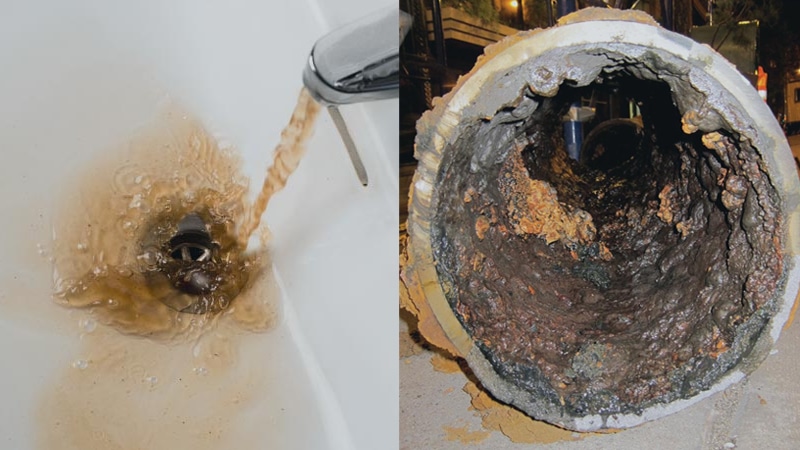
If you notice brownish or reddish water flowing from your faucets, it could indicate corrosion or rust within your pipes or water heater. This usually happens in older plumbing systems where galvanized steel pipes are used. Over time, these corrode and release particles into your water. While it may not always be dangerous, rusty water is certainly unpleasant and may stain fixtures and clothing. It’s also a clear sign your pipes may need replacement.
7. Wet Spots, Stains, or Warped Walls and Floors
Signs such as water marks on walls or ceilings, peeling paint, and distorted flooring can all indicate an unseen leak. These leaks frequently develop behind walls or beneath flooring, remaining unnoticed until visible damage appears. If you notice:
- Warped hardwood floors
- Bubbling paint or wallpaper
- Mysterious damp spots
…it’s best to act quickly. Structural damage and mold growth often follow if these symptoms are ignored.
8. Rising Water Bills Without Increased Use
If your water consumption remains steady but your water bills continue rising, it’s possible you have an unnoticed leak. Toilets, sprinkler systems, and outdoor faucets are common culprits. To test for leaks, turn off every water fixture in your home and observe the water meter. If the meter continues to move, it indicates there’s a hidden leak within your plumbing system.
Final Thoughts: Pay Attention to Warning Signs
Plumbing issues seldom resolve on their own; instead, they typically worsen if left unaddressed. By paying attention to the signs above, you can stay ahead of issues and avoid costly repairs or water damage. While minor issues like a dripping faucet may be handled with a wrench and some DIY skills, others require trained eyes and professional tools. If you’re unsure about the extent of the problem, it’s always safer to reach out to local plumbers who can assess and resolve the issue before it escalates.

